China has become a 'role model' in clean energy transition with bold, effective and inspiring approaches, steps and policies.
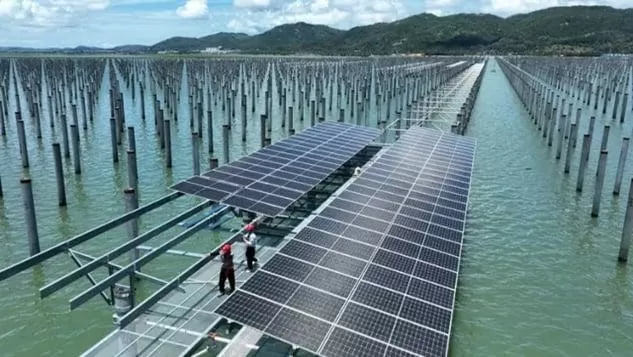 |
| An offshore wind farm in Pingtan County, Fujian Province, Southeast China. (Source: Xinhua) |
China is currently the world’s largest emitter, accounting for 27% of the world’s carbon emissions and one-third of total greenhouse gas emissions. However, this Asian powerhouse has made remarkable efforts to promote renewable energy in recent times, affirming the leading role of the world’s second largest economy in the global race to reduce emissions, becoming a “mirror” for countries in and outside the region to learn from with bold, effective and inspiring approaches, steps and policies.
Pioneering climate diplomacy
In mid-November, Chinese President Xi Jinping arrived in Rio de Janeiro (Brazil) to attend the G20 Summit. According to the official website of G20 Brazil, with the theme “Building a Fair World and a Sustainable Planet”, this Summit discussed solutions to achieve sustainable development goals, including the mission of not allowing the earth’s temperature to exceed 1.5 degrees Celsius, green finance, the impact of climate change, etc.
Therefore, it is clear that the participation of China's highest-ranking leader in this event also demonstrates Beijing's highest level of commitment to finding the "keys" to common global problems.
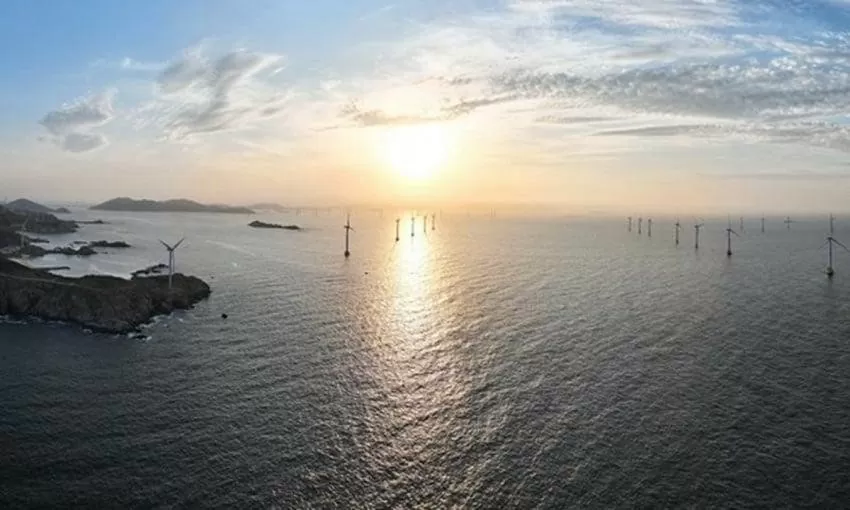 |
| By 2035, green energy production and consumption methods will become widespread in China. (Source: Xinhua) |
China has also been a leader in establishing international frameworks to facilitate dialogue on climate change. In early July, China hosted a five-day climate change meeting, bringing together “like-minded developing countries” in Shandong Province. This was followed by a “BASIC” ministerial meeting on climate action with Brazil, India and South Africa.
In 2017, former President Donald Trump announced that the United States would withdraw from the Paris Agreement on climate change. In order to prevent this important international agreement from “falling into a tailspin,” Canada, China and the European Union (EU) convened an emergency meeting to reaffirm their political commitment to the need for urgent action to address global climate change.
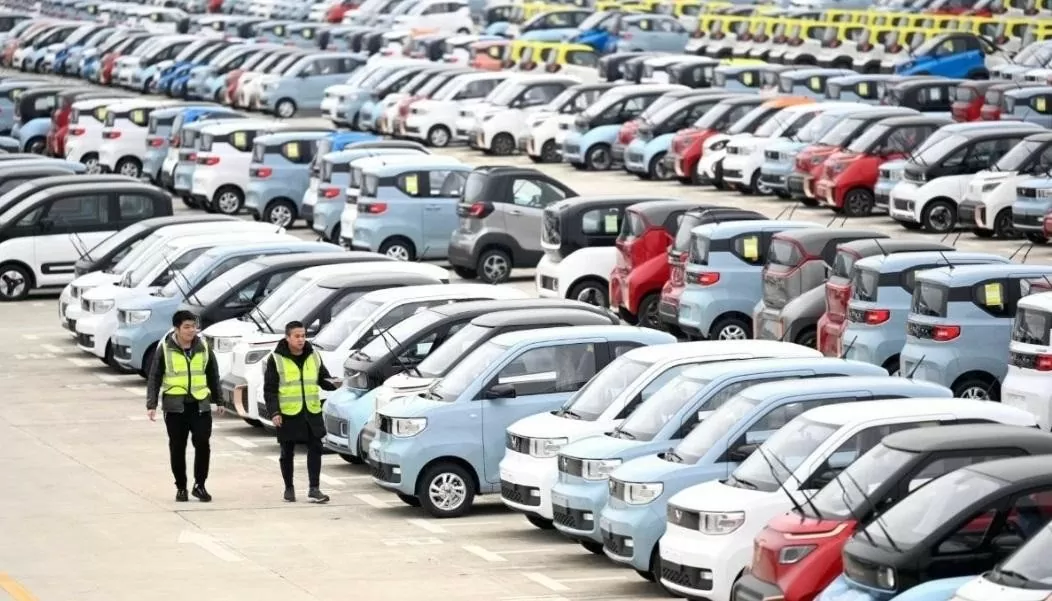 |
| By the end of the first 10 months of 2024, China's total sales of new energy passenger vehicles reached 8.33 million units. (Source: CNC) |
The meeting was well received by all parties and became an annual event. In late July, the meeting was also held in Wuhan, China, bringing together ministers in charge of climate change issues and senior officials from nearly 30 countries, aiming to promote global climate negotiations.
Consistency from policy to implementation
At the end of August, the State Council Press Office of China released a white paper on “China’s Energy Transformation,” stating that over the past decade, China has reduced 3 billion tons of CO2 emissions in an effort to promote green consumption.
In more detail, over the past 10 years, China has saved an amount of electricity equivalent to the consumption of about 1.4 billion tons of coal. Thanks to Beijing's determination to implement synchronous solutions in the battle to "reclaim the blue sky", the heavily polluted areas of Beijing, Tianjin, and Hebei have been thoroughly resolved by the Chinese government.
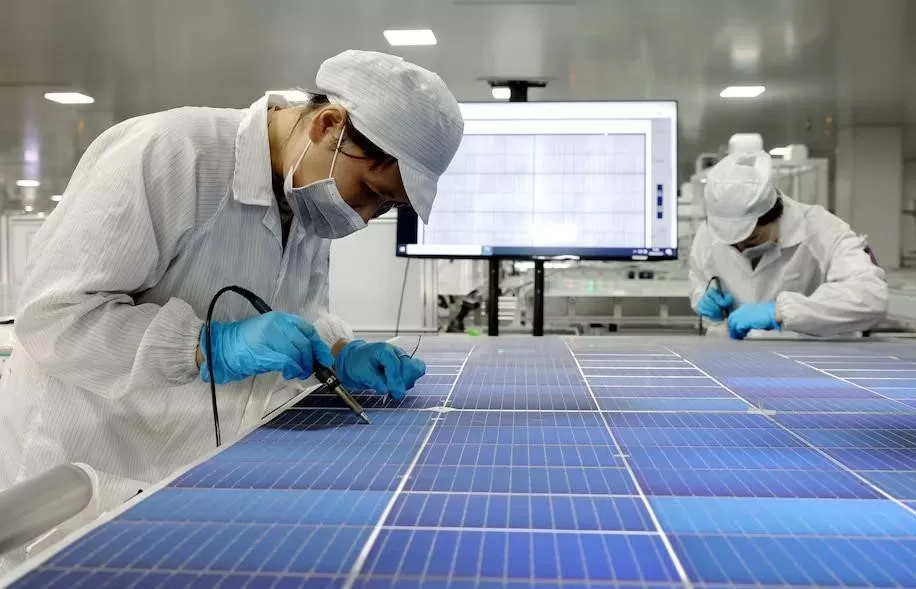 |
| China's clean energy industry output is leading the world. (Source: The Washington Post) |
In addition, according to the medium- and long-term development plan for energy transition, green energy production and consumption methods will become widespread by 2035. By the middle of this century, China will complete the construction of a new clean energy system that is low-carbon and safe.
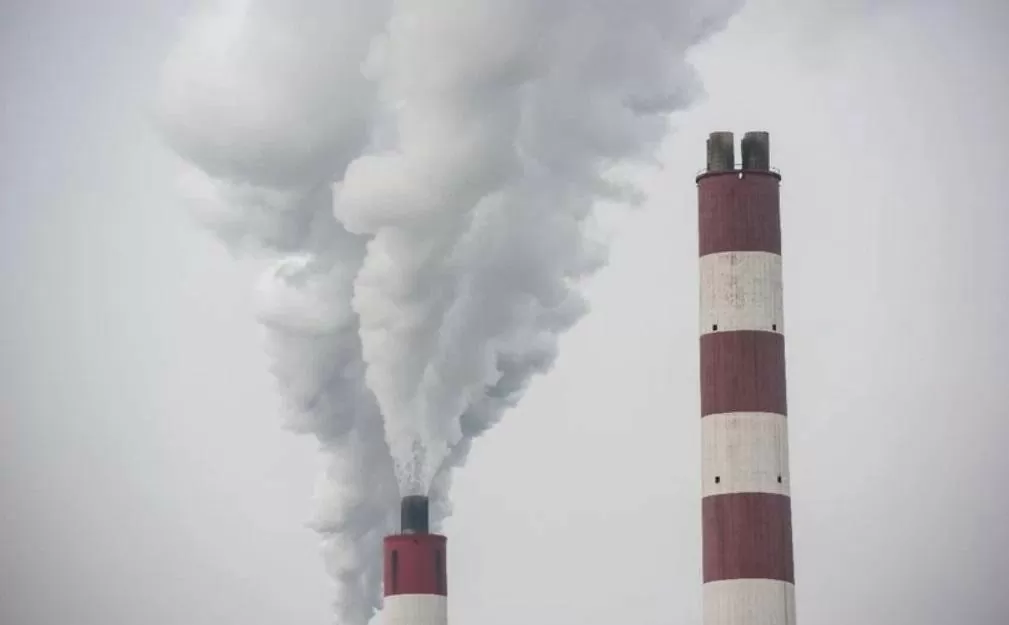 |
| On November 8, China passed a new energy law promoting carbon neutrality, aiming to decarbonize the economy by 2060. (Source: AFP) |
Then, on November 8, China passed a new energy law to promote carbon neutrality efforts, aiming to decarbonize the economy by 2060. The new energy law will “actively and persistently promote efforts to achieve carbon emission peaking and carbon neutrality.” The law aims to “develop high-quality energy, ensure national energy security, and promote green transformation, reduce carbon emissions, and promote sustainable economic and social development.”
By the end of the first 10 months of 2024, China's total sales of new energy passenger vehicles reached 8.33 million units, up 39.8% year-on-year. In terms of exports, China shipped 120,000 vehicles in October, up 10.4% year-on-year and 13.7% year-on-year. Total exports in the first 10 months of this year reached about 1.09 million units, up 27.7% year-on-year.
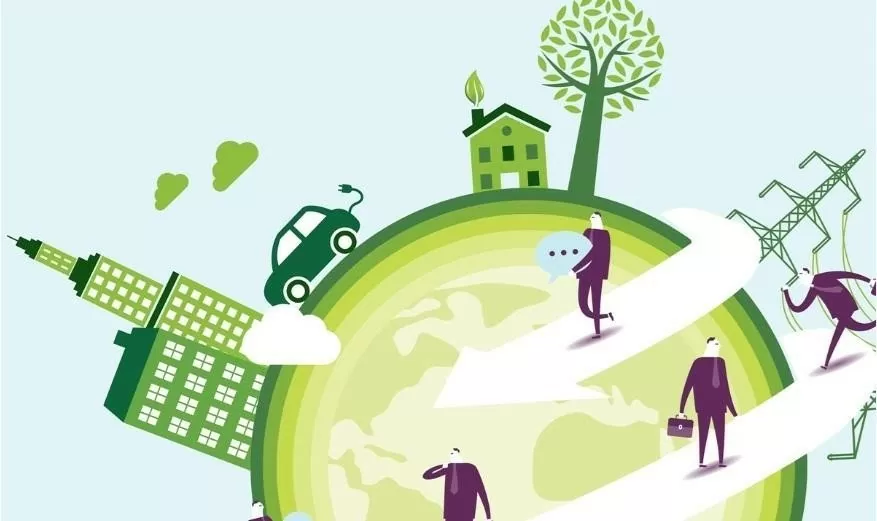 |
| China has reduced 3 billion tons of CO2 emissions in an effort to promote green consumption. (Source: IC) |
The “key” for China to achieve remarkable achievements in recent times is the determination and determination from the central to local levels and from each citizen. China is bold in restructuring many industries, including resolutely closing down polluting enterprises, creating conditions for enterprises to innovate technology with preferential loans at low interest rates...
Source: https://baoquocte.vn/thuc-day-nang-luong-tai-tao-cau-chuyen-truyen-cam-hung-tu-trung-quoc-294540.html


![[Photo] Prime Minister Pham Minh Chinh chairs the Government's special meeting on law-making in April](https://vstatic.vietnam.vn/vietnam/resource/IMAGE/2025/4/13/8b2071d47adc4c22ac3a9534d12ddc17)


![[Photo] National Assembly Chairman Tran Thanh Man attends the Policy Forum on Science, Technology, Innovation and Digital Transformation](https://vstatic.vietnam.vn/vietnam/resource/IMAGE/2025/4/13/c0aec4d2b3ee45adb4c2a769796be1fd)
![[Photo] National Assembly Chairman Tran Thanh Man attends the ceremony to celebrate the 1015th anniversary of King Ly Thai To's coronation](https://vstatic.vietnam.vn/vietnam/resource/IMAGE/2025/4/13/6d642c7b8ab34ccc8c769a9ebc02346b)






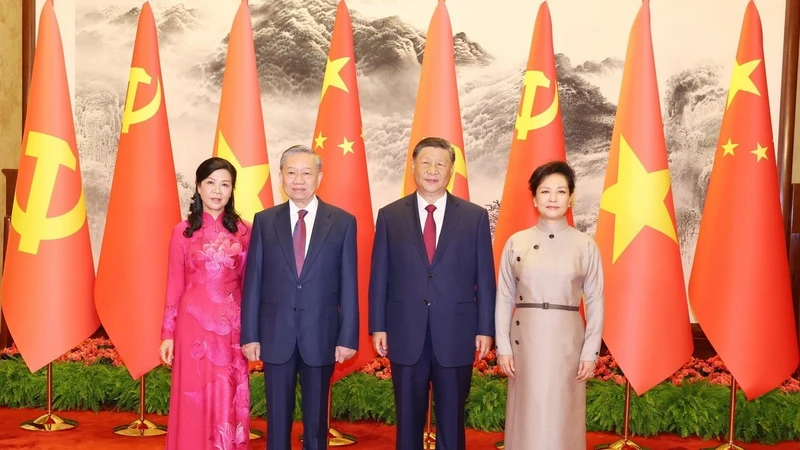



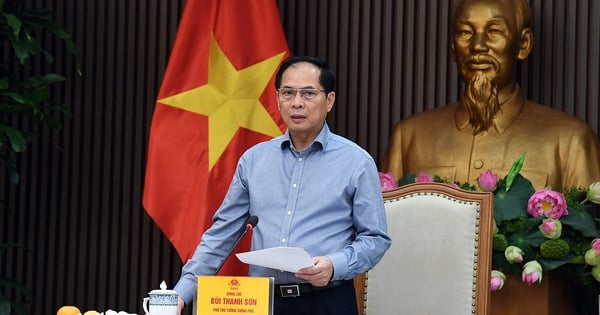
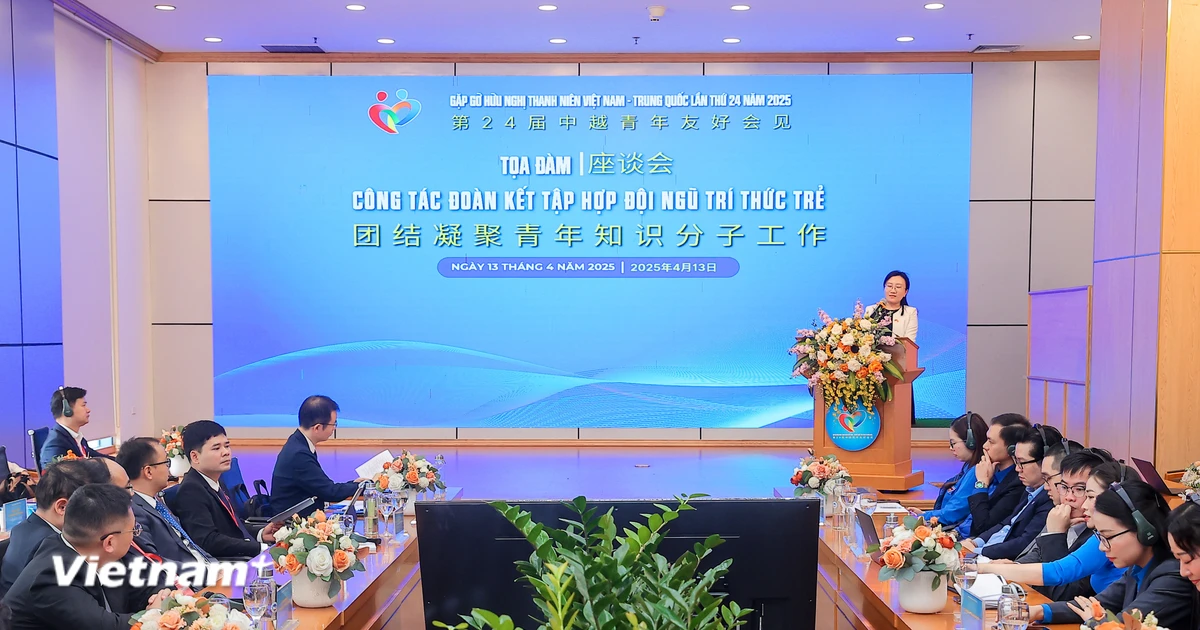
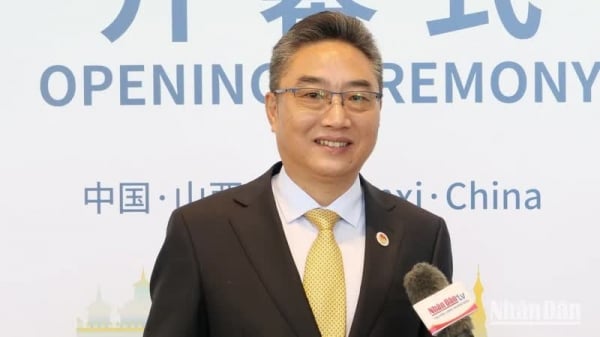
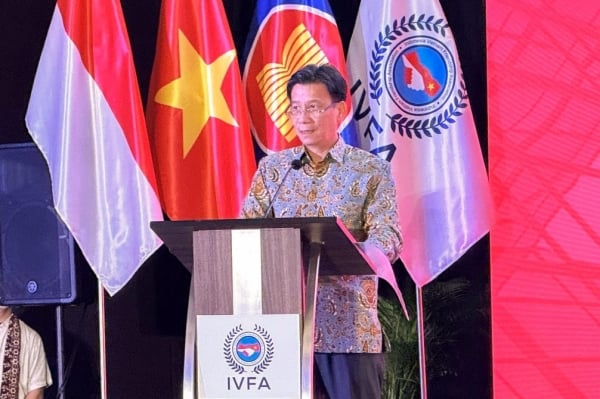

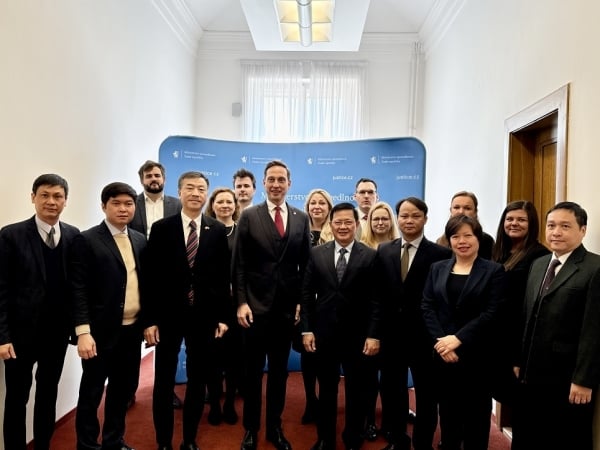



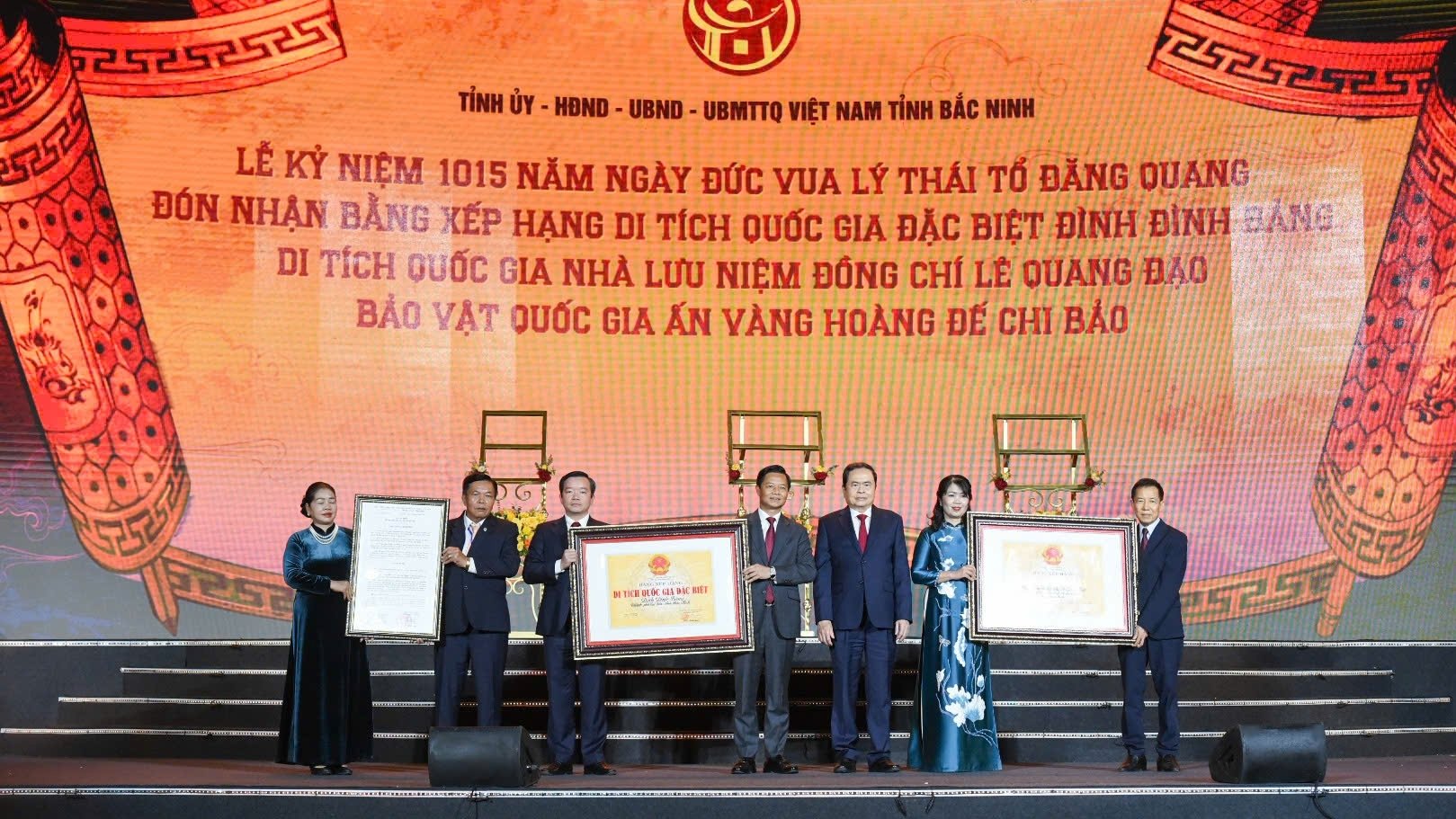


































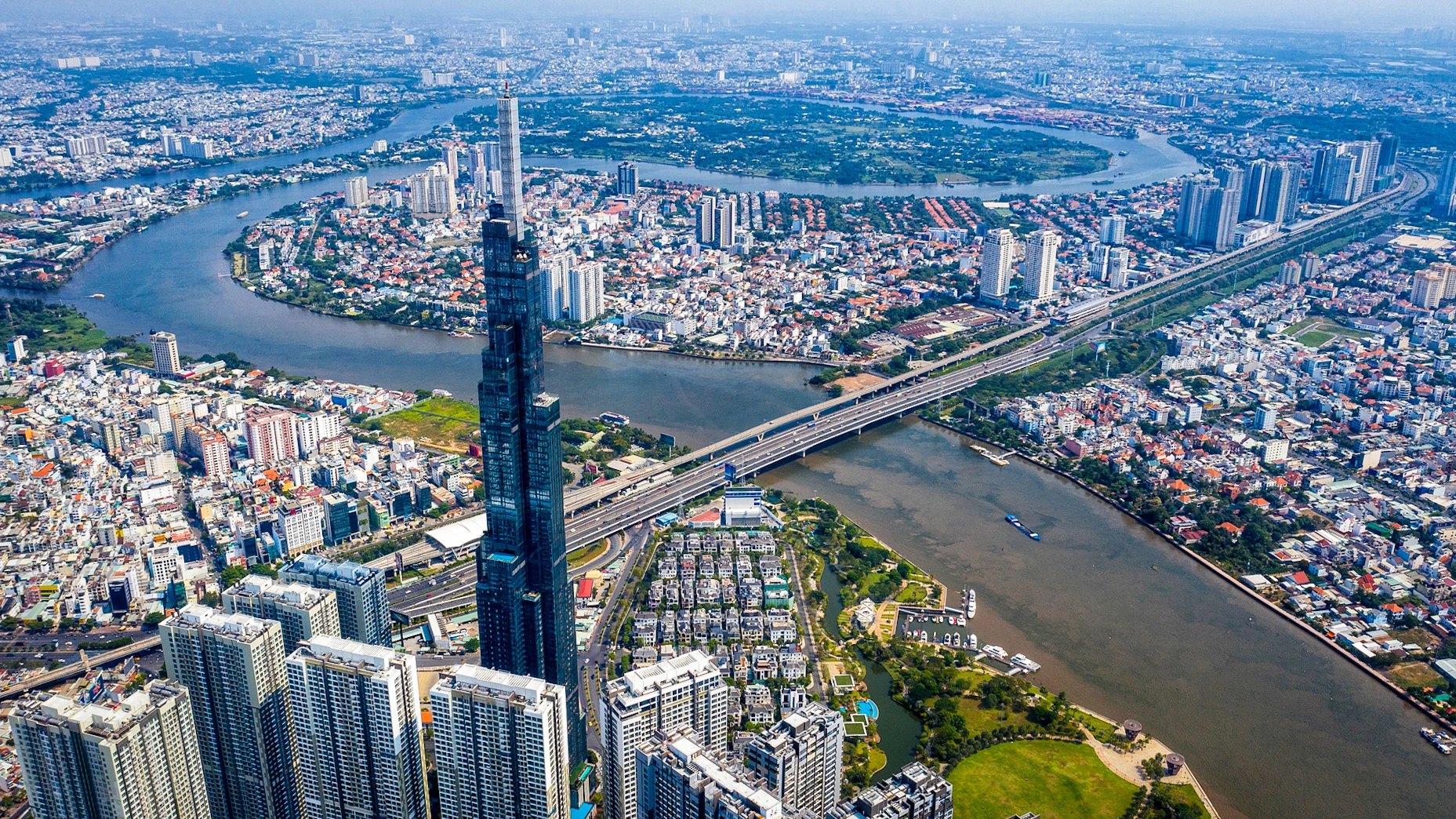

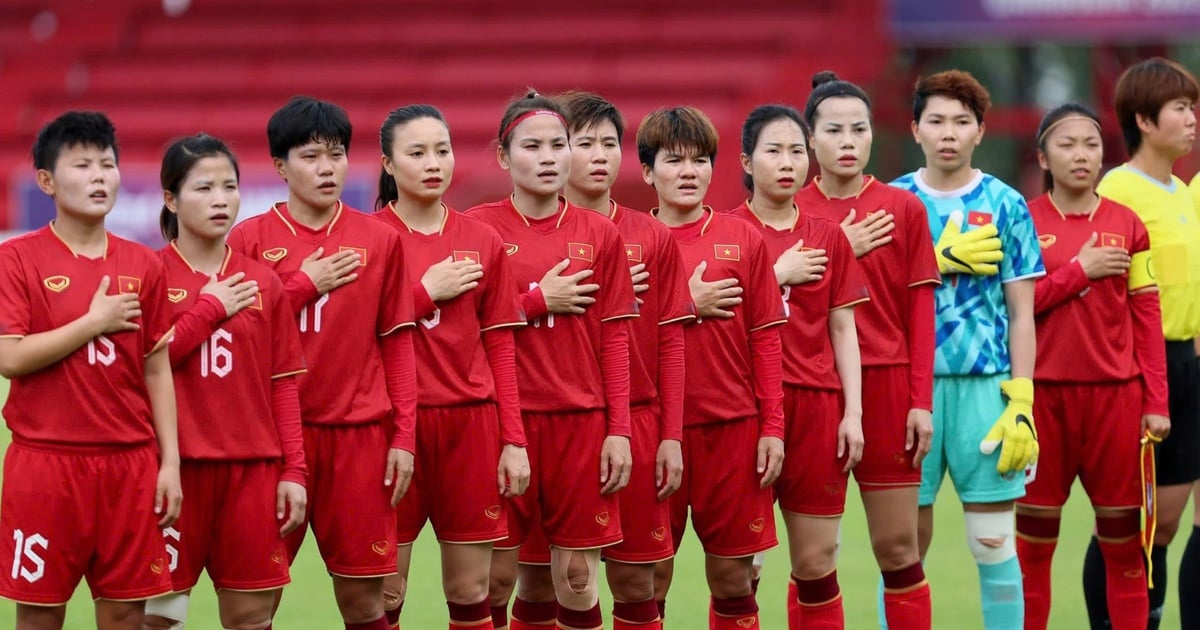
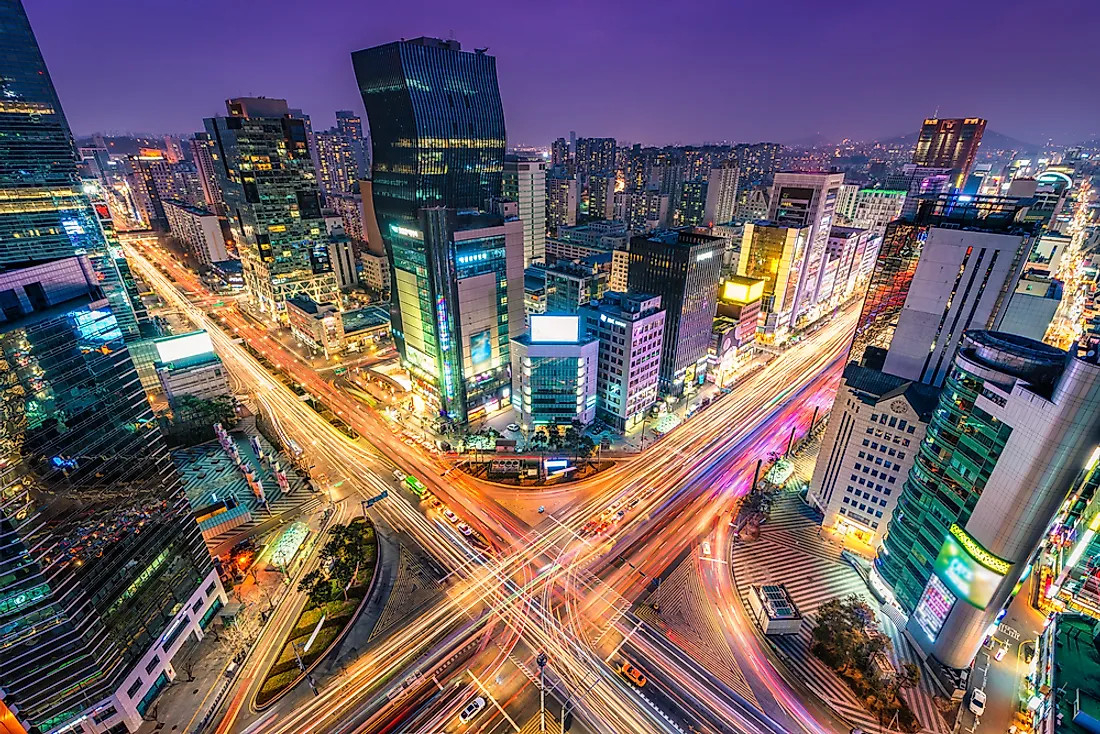




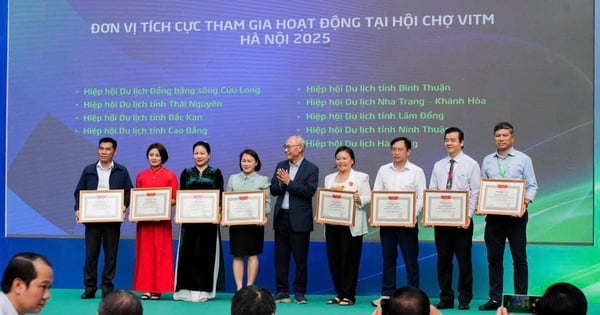





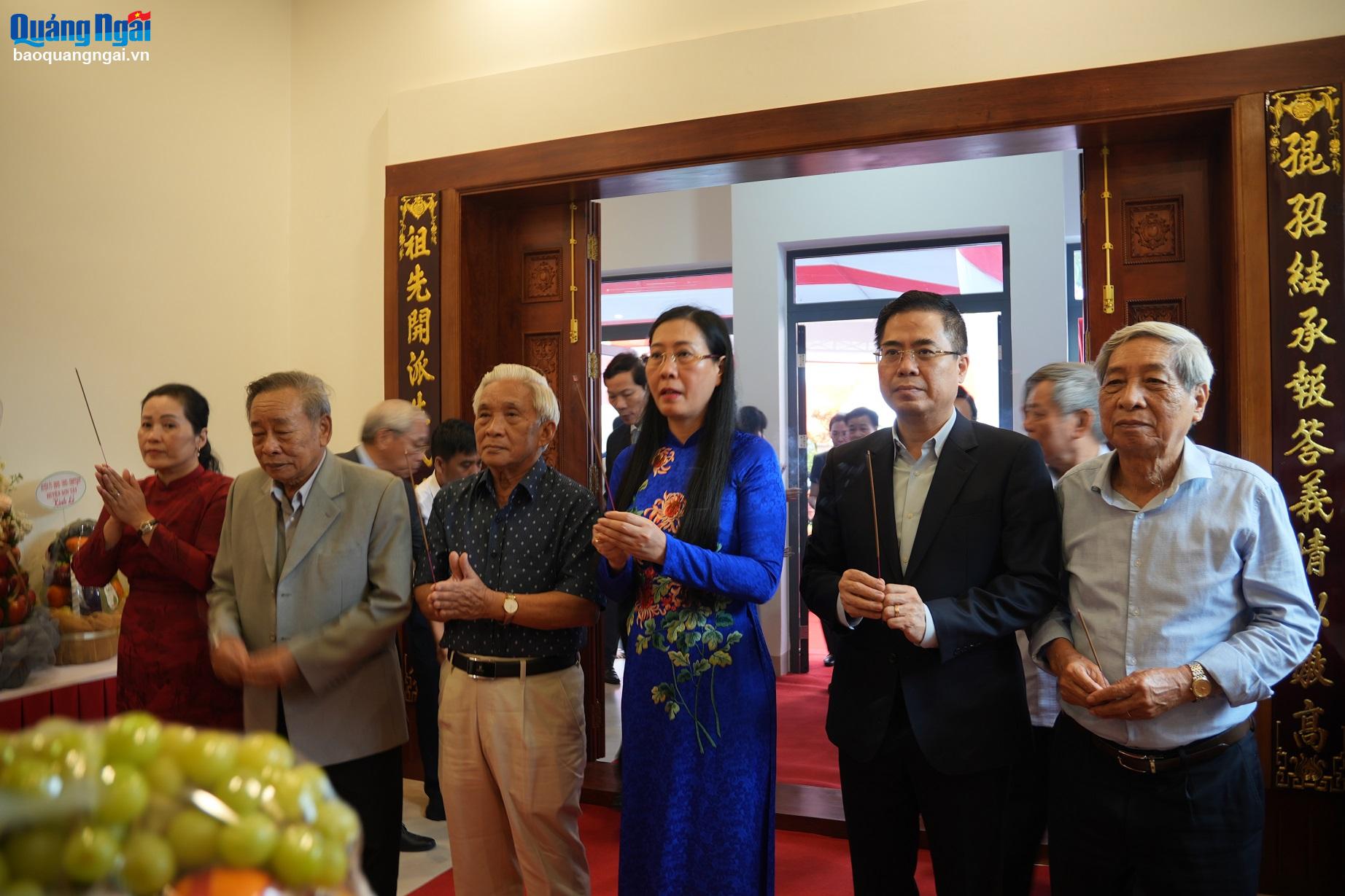
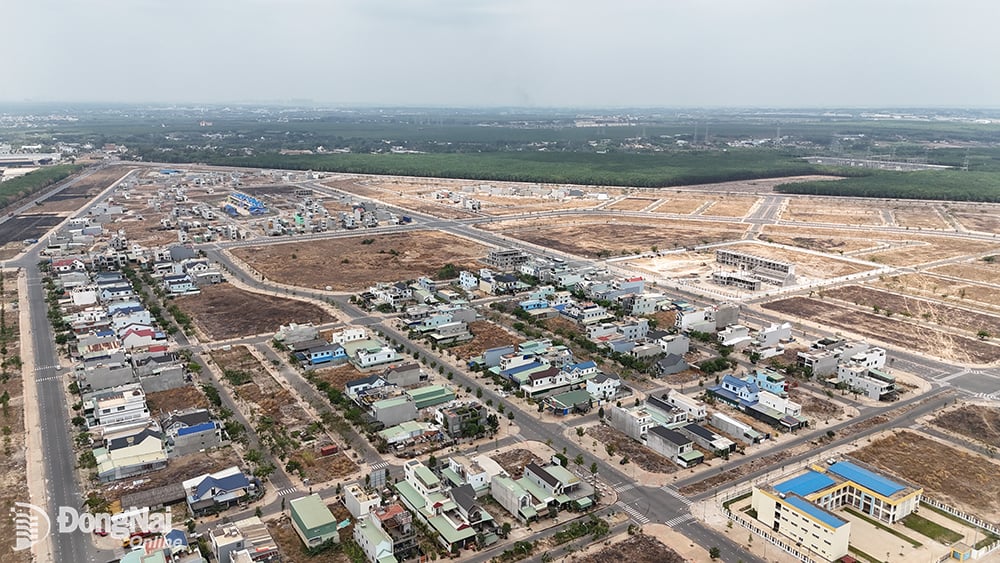















Comment (0)